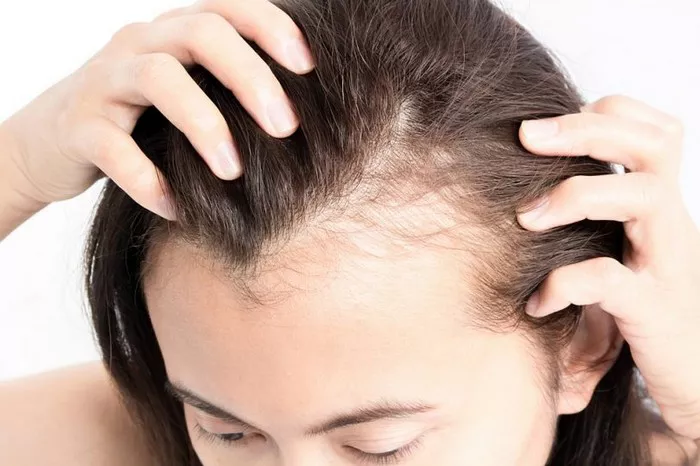Traction alopecia is a type of hair loss that occurs when excessive tension is applied to the hair, leading to damage and eventual hair follicle trauma. While it may seem like a cosmetic concern, traction alopecia can have significant impacts on one’s self-esteem and overall well-being. Understanding the causes of traction alopecia is crucial for prevention and effective management. In this article, we delve into the various factors contributing to this condition.
1. Hairstyles and Hair Practices:
One of the primary causes of traction alopecia is certain hairstyles and hair practices that involve constant pulling or tension on the hair. Tight ponytails, braids, cornrows, and weaves can exert continuous stress on the hair shaft and follicles. Individuals who consistently wear these styles may unknowingly contribute to the development of traction alopecia over time.
2. Excessive Use of Hair Extensions:
Hair extensions, when applied improperly or excessively, can contribute to traction alopecia. The added weight and tension from the extensions can strain the hair follicles, leading to breakage and eventual hair loss. It is essential to seek professional assistance when applying extensions to ensure they are not causing unnecessary stress on the hair.
3. Tight Headgear:
Wearing tight headgear, such as helmets, caps, or headbands, for extended periods can contribute to traction alopecia. The constant pressure on the scalp can lead to damage to the hair follicles. Athletes, in particular, should be mindful of the fit of their helmets to avoid unnecessary tension on the hair.
4. Chemical Treatments:
Chemical treatments, including relaxers and perms, can weaken the hair shaft and make it more susceptible to breakage. When these treatments are applied excessively or without proper care, they can contribute to traction alopecia. It is crucial to follow recommended application guidelines and seek professional assistance to minimize the risk of hair damage.
5. Repeated Use of Tight Hair Accessories:
Frequent use of tight hair accessories, such as elastic bands and hair clips, can lead to traction alopecia. The consistent pulling and tugging on the hair can weaken the follicles and result in hair loss over time. Opting for looser accessories and avoiding tight hairstyles can help prevent this form of alopecia.
6. Improper Haircare Practices:
Inadequate haircare practices, such as vigorous brushing or combing, can contribute to traction alopecia. Harsh handling of the hair can lead to breakage and damage to the follicles. Using wide-toothed combs and being gentle while detangling can help minimize the risk of traction alopecia.
7. Genetic Predisposition:
While external factors play a significant role, genetic predisposition also contributes to the development of traction alopecia. Some individuals may have a genetic susceptibility to hair loss, making them more prone to experiencing traction alopecia even with minimal external triggers.
Preventing Traction Alopecia:
Preventing traction alopecia involves adopting hair-friendly practices and being mindful of the impact of certain hairstyles and accessories. Here are some tips to minimize the risk of traction alopecia:
Choose Hairstyles Wisely: Opt for hairstyles that do not involve excessive pulling or tension on the hair. Loose braids, low-tension ponytails, and natural hairstyles can be gentle on the hair.
Avoid Tight Headgear: When wearing helmets, caps, or headbands, ensure they are not too tight. Adjust the fit to avoid unnecessary pressure on the scalp.
Limit the Use of Extensions: If using hair extensions, seek professional assistance to ensure proper application and avoid excessive weight and tension on the hair.
Careful Chemical Treatments: Follow recommended guidelines for chemical treatments and seek professional assistance to minimize the risk of damage to the hair shaft.
Gentle Haircare Practices: Be gentle while brushing and detangling the hair. Use wide-toothed combs and avoid harsh pulling or tugging.
Regular Scalp Massages: Stimulate blood circulation in the scalp through regular scalp massages. This can promote overall hair health and reduce the risk of traction alopecia.
See Also: What Cream is Good for Alopecia: A Comprehensive Guide
In conclusion
Traction alopecia is a preventable form of hair loss that results from avoidable practices and genetic factors. By adopting hair-friendly habits and being mindful of hairstyles and accessories, individuals can significantly reduce the risk of developing traction alopecia and maintain healthy, vibrant hair.


